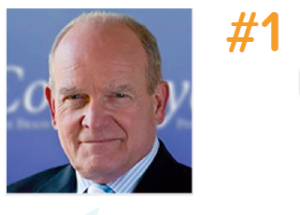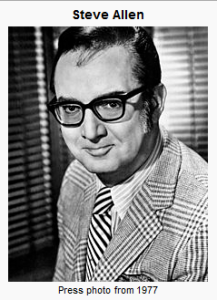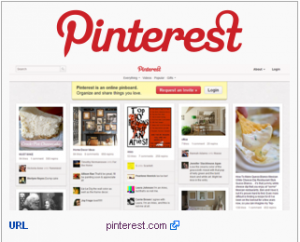 Are you an expert? Then you need to write and publish an expert ebook. Now. Before your field gets flooded with too many on the same topic (if it isn’t already). Trust me on this one.
Are you an expert? Then you need to write and publish an expert ebook. Now. Before your field gets flooded with too many on the same topic (if it isn’t already). Trust me on this one.
Just as business blogs caught fire in 2004-2005, expert ebooks are what smart professionals use as a key marketing tool to get found, get known and get clients.
If you’re an expert and want to get found online, there’s no better way than to give visitors to your website or blog a free report that shows your expertise, builds credibility and starts conversations.
An expert ebook is a longer version of that report and can easily be sold on Amazon. Traditional publishing barriers have fallen. All that’s standing between you and published author status is a little time and work. So let’s get busy. Here’s why:
This is one of those opportunities on the rise. Don’t miss being on the early crest of the wave.
-
The International Digital Publishing Forum (IDPF) reported U.S. wholesale ebook sales for January, 2010 were $31.9 million, up 261 percent from the same month a year earlier.
-
Ebooks are now outselling hardcover books at Amazon, selling 180 e-books for every 100 hardcovers. Read More→



 “
“






